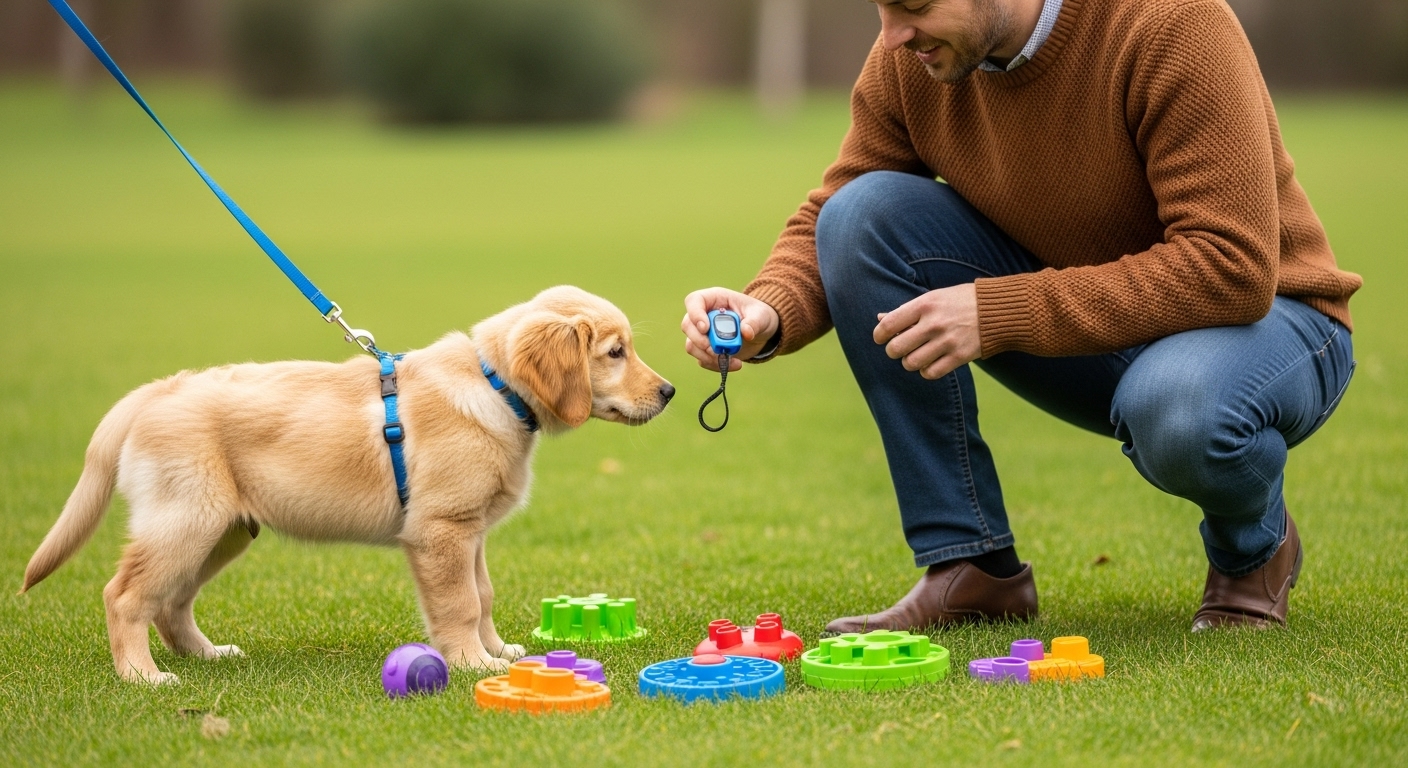Welcoming a new puppy into your home is an exciting adventure—and one that sets the foundation for a lifetime of good behavior and confidence. Proper socialization and enrichment during the critical first months can prevent fearfulness, curb unwanted habits, and nurture a happy, outgoing companion. Let’s explore how to give your puppy the best start!
1. Why Early Socialization Matters
Between 3 and 14 weeks of age, puppies go through a sensitive period where they’re especially receptive to new experiences. Positive encounters now can:
- Prevent Fear & Anxiety: Puppies exposed to varied sights, sounds, and people learn there’s nothing to fear.
- Promote Adaptability: Well-socialized dogs handle vet visits, car rides, grooming, and new homes with ease.
- Curb Reactivity: Early exposure reduces the chance of barking, lunging, or hiding later in life.
2. Gathering Your Puppy Toolkit
- High-Value Treats: Tiny, soft bites like freeze-dried liver or cheese.
- Clicker or Marker Word: To precisely mark desirable behaviors.
- Variety of Toys: Chew toys, puzzle toys, soft plushes, and balls.
- Leash & Harness: For safe outdoor exploration.
- Puppy Playpen or Crate: A cozy “den” for rest and security.
3. Step-by-Step Socialization Plan
🐾 People & Handling
- Friendly Introductions: Invite adults and vaccinated children to gently pet your puppy—offer treats to your puppy each time someone new approaches.
- Handling Exercises: Regularly touch paws, ears, mouth, and tail, marking calm acceptance with a click or “Yes!” and a treat.
🐾 Canine & Other Animal Encounters
- Puppy Playdates: Arrange short, supervised meet-ups with healthy, well-socialized dogs.
- Household Pets: Gradually introduce to resident cats or small animals—keep your puppy on leash and reinforce calm behavior.
🏙️ Environments & Noises
- Car Rides: Start with short trips, rewarding calm behavior upon arrival.
- Household Sounds: Play recordings of vacuum, doorbell, thunder, and traffic at low volume—pair with treats and praise.
- Outdoor Exploration: Expose your pup to sidewalks, parks, grassy fields, and children’s playgrounds—reward curiosity and confidence.
4. Enrichment for a Sharp Mind
- Puzzle Feeders: Hide meals in treat balls or snuffle mats to engage natural foraging instincts.
- Scent Games: Scatter kibble around the yard or hide treats under cups for nose-work fun.
- Interactive Toys: Use tug ropes and flirt poles for supervised chase and fetch.
- Rotate Toys: Keep interest high by swapping toys weekly.
5. Troubleshooting Common Fears
🚪 Doorway Anxiety
- Gradual Exposure: Sit beside the closed door, treat whenever your puppy looks relaxed.
- Open & Retreat: Open halfway, drop treats in, close again—repeat until the door is no longer a trigger.
🐕 Fear of Other Dogs
- Distance First: Start at a distance where your puppy stays calm. Reward, then slowly decrease space over sessions.
- Parallel Walks: Walk alongside another calm dog at a comfortable distance, rewarding relaxed posture.
6. Cultivating a Lifelong Learner
- Short, Frequent Sessions: 5-minute training or enrichment sessions, 3–5 times daily, keep your puppy engaged without overwhelming them.
- End on a High Note: Always finish with a fun game or easy trick your puppy enjoys and succeeds at.
- Ongoing Exposure: Continue introducing new experiences—gardens, car rides, pet-friendly stores—throughout adolescence.

